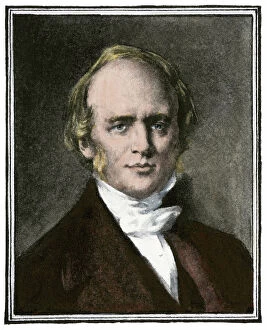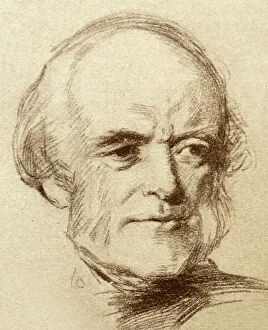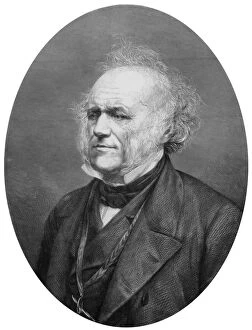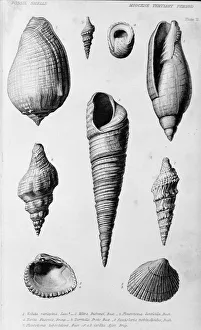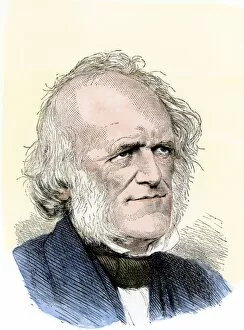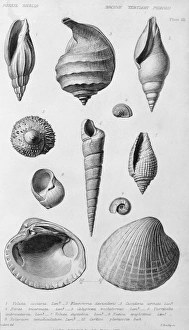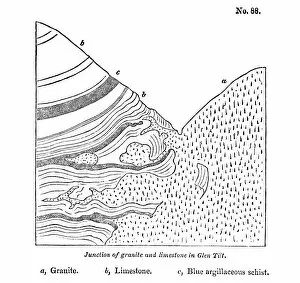Sir Charles Lyell Collection
Sir Charles Lyell was a prominent Scottish lawyer and geologist in the 19th century
All Professionally Made to Order for Quick Shipping
Sir Charles Lyell was a prominent Scottish lawyer and geologist in the 19th century. Known for his groundbreaking contributions to the field of geology, he left an indelible mark on scientific understanding. With his sharp intellect and meticulous research, Sir Charles Lyell revolutionized our perception of Earth's history. His passion for geology led him to explore various landscapes, meticulously documenting their geological formations. Through engravings like "Sir Charles Lyell (engraving)" and "Strata of red sandstone, slightly inclined, Siccar Point, Berwickshire 1852, " he visually captured the intricate layers that revealed Earth's ancient past. As a respected member of the British Association at Bath, Sir Charles Lyell delivered captivating addresses that captivated audiences. The engraving titled "The British Association at Bath" depicts him delivering a presidential address in a grand theater setting – a testament to his influence within the scientific community. In recognition of his immense contributions to science, Sir Charles Lyell was bestowed with numerous honors throughout his career. As seen in engravings such as "Sir Charles Lyell - Geologist" and "Sir Charles Lyell, Baronet, " these images immortalize him as both a distinguished scientist and nobleman. Beyond his scientific pursuits, it also had artistic talents. He created stunning artworks like "Temple of Serapis at Puzzuoli in 1183" where he showcased not only his geological expertise but also his artistic flair. Throughout history, individuals like they have shaped our understanding of the world around us through their tireless dedication to knowledge and exploration. His legacy lives on as we continue to build upon the foundations laid by this remarkable Scottish-born British geologist from the 19th century.

